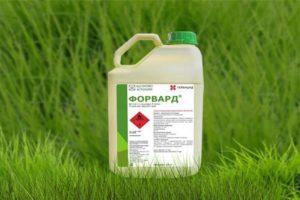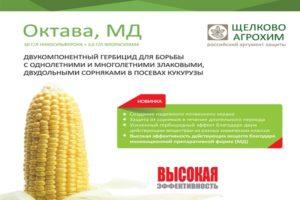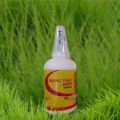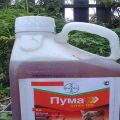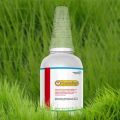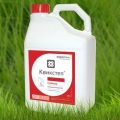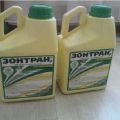Instructions for the use of Targa Super herbicide, consumption rates and analogues
Targa Super is a herbicide, which, according to the instructions, is used for post-emergence treatment and destruction of cereal weeds in fields with vegetables. The drug of systemic and selective activity does not harm the main crops. The tool not only quickly destroys, but controls the growth of annual and perennial cereal weeds throughout the season.
Content
- 1 Composition, form of release and purpose of Targa Super herbicide
- 2 How does the remedy work?
- 3 Application advantages
- 4 Recommended use of the drug
- 5 Working solution preparation methods
- 6 Instructions for use
- 7 Security measures
- 8 Toxicity of the agent
- 9 Compatibility with other substances
- 10 Terms and conditions of storage
- 11 Herbicide analogs
Composition, form of release and purpose of Targa Super herbicide
It is a systemic and selective herbicidal agent, which is used to destroy annual and perennial cereal weeds in the plantings of major crops. The drug is manufactured by the Japanese company NISSAN CHEMICAL INDUSTRIES, LTD.
The herbicide contains an active ingredient - quizalofop-P-ethyl. The formulation is a concentrated emulsion. Sold in cans of 5 ... 20 liters or in plastic bottles (1 liter).
How does the remedy work?
The herbicide acts only on cereal weeds. Active substances penetrate through the leaves and roots into the plant and are redistributed throughout the organs. The herbicide disrupts the synthesis of fatty acids and destroys the meristematic tissues of the rhizome.
The drug leads to the death of the ground and underground parts of the plant. The depressing effect and the first signs of damage can be observed after 1-2 days.
The weeds die completely in 1-2 weeks.

Application advantages
Advantages of the herbicidal agent:
- quickly absorbed, retains herbicidal properties for a long time;
- used once a season, does not require re-processing;
- destroys cereal weeds without harming the main crops;
- spraying does not depend on the weather;
- economical consumption;
- quickly decomposes in soil, does not affect subsequent crops.
Recommended use of the drug
The herbicidal agent is used in the following dosages (at a flow rate of the working fluid - 200-300 l / ha):
- For potatoes: 2-3 l / ha.
- For cabbage, beets, carrots, onions: 1-2 l / ha.
- For rapeseed, sunflower: 0.75-1.5 l / ha.
- For soybeans: 1-2 l / ha.
- For flax: 2-3 l / ha.
- For watermelon: 2 l / ha.
- For tomatoes: 1-2 l / ha.
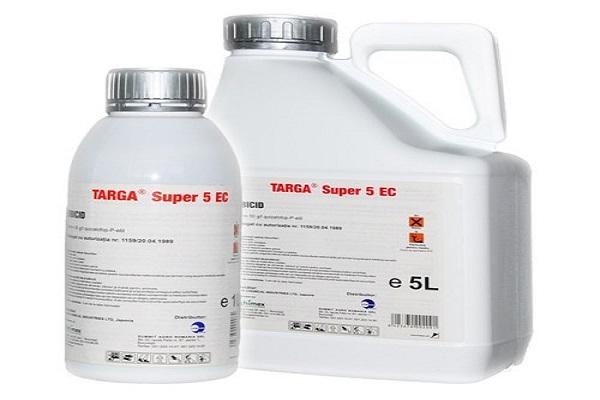
Working solution preparation methods
To prepare the herbicide solution, you need to use clean, soft water without impurities and suspended particles. Water intake from reservoirs must be carried out through filters. A fine sprayer is used for irrigating the field.
Initially, his tank is half filled with water. Then the herbicide is added. After stirring, add the required amount of water. The matrix solution can be prepared manually and poured into the spray tank. When preparing the herbicide mixture, you must not use galvanized dishes, only plastic containers are allowed.
Instructions for use
The herbicide is used to spray weedy fields at the beginning of the growing season. On average, for the complete destruction of annual cereals, the consumption rate of the drug is 1 l / ha. For perennial cereals, this dosage is doubled and amounts to 2 l / ha.
To obtain the maximum effect after treatment with herbicide, it is necessary to abandon mechanical cultivation of the soil for 5-10 days.
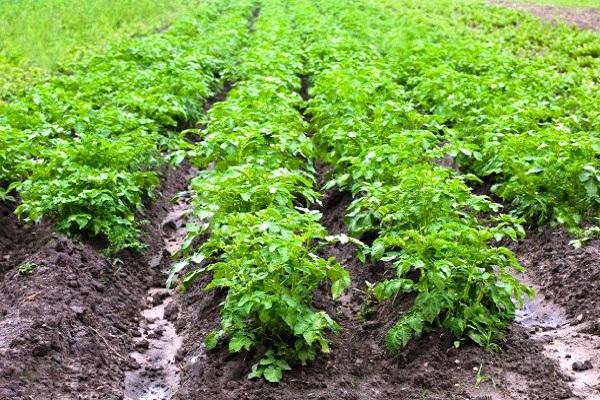
The field can be sprayed at any time, regardless of the development phase of the main crop. If the seedling method is used, then the weed treatment is carried out 15-20 days after planting the seedlings. All weeds are sprayed in a directed manner using a fine sprayer. Processing is carried out in dry, calm, warm weather.
Security measures
Targa Super is non-toxic, but it is recommended to observe safety measures during use. It is forbidden to involve persons under 18 years of age, pregnant women, people with medical contraindications to work with this herbicide.
To protect the body from the ingress of herbicides, workers are provided with overalls, a respirator, footwear, goggles, and rubber gloves. After field work, it is recommended to wash your face and hands with warm water and soap, and rinse your mouth with a soda solution. It is forbidden to inhale vapors and drink the prepared herbicide solution.
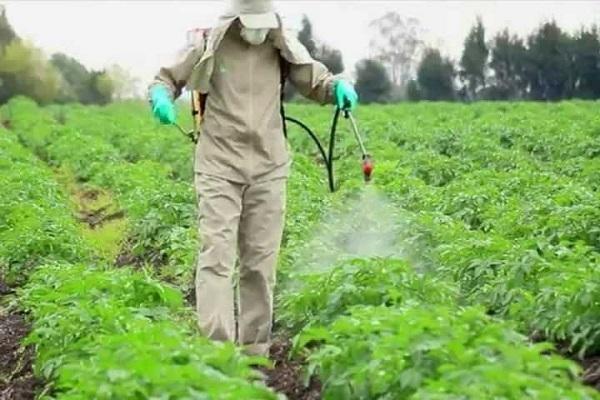
Toxicity of the agent
Herbicide Targa Super has received the 3rd hazard class. The drug is non-toxic to humans, animals, birds, soil insects, rapidly disintegrates in the soil. Irrigation with a herbicidal agent is not carried out in specially protected natural areas (near water bodies, sources of drinking water supply). It is not recommended to spray weeds during the active summer of bees.
Compatibility with other substances
Targa Super herbicide is allowed to be used with other chemical preparations for the destruction of broadleaf weeds. This drug is compatible with herbicides Kontaktvin, Torero, Goltix 700. Targa Super is used in tank mixes with insecticidal and fungicidal agents.
Before the joint use of chemicals, they are checked for compatibility. Herbicide Targa Super is recommended for use with surfactant Olemix to increase the speed of action and enhance the effect.

Terms and conditions of storage
Store the herbicide in a dedicated pesticide warehouse. The room must meet sanitary and fire safety standards. The drug is stored in a tightly closed original container for 3 years from the date of manufacture. After the expiration date, it is prohibited to use the product. The room where the herbicide is kept is not allowed to be used for storing food.
Herbicide analogs
On sale you can find analogues of Targa Super with a similar composition and principle of action. For example, Norvel, Bagheera, Starga, Targon-S. These drugs are used to destroy weeds.
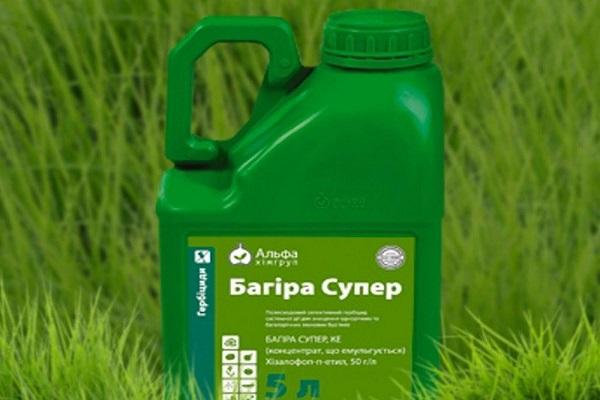
Herbicidal products destroy leaves and roots of weeds, prevent their re-regeneration. When using drugs, it should be borne in mind that annuals die in 1-2 weeks, perennials - in 2-3 weeks. The effect of herbicidal agents does not apply to vegetable crops.
